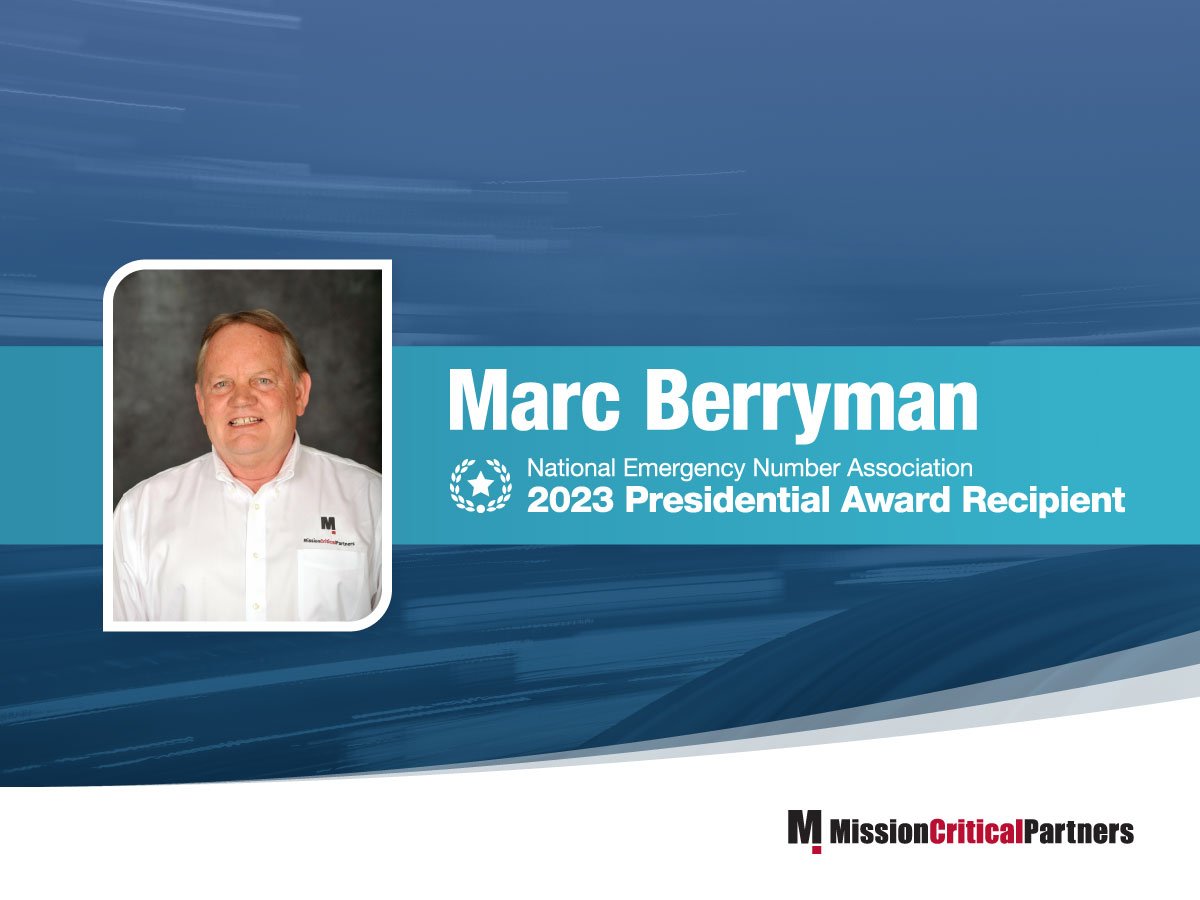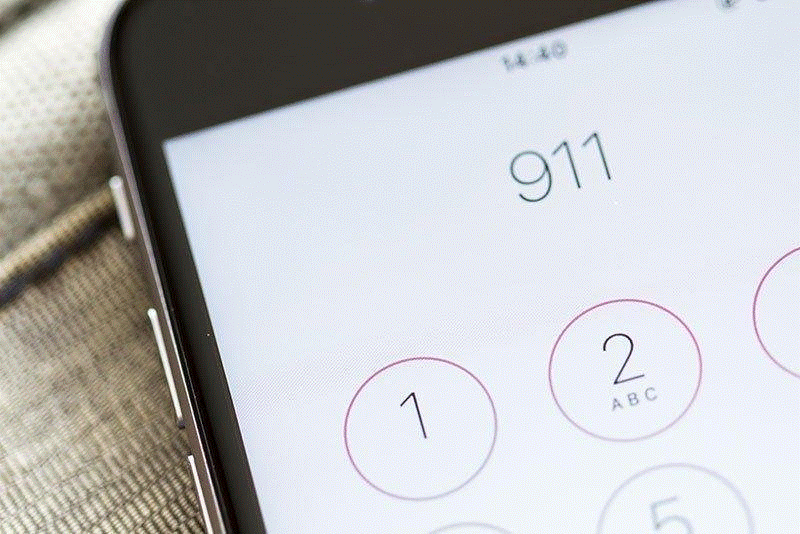Imagine being on the freeway and encountering a horrific accident, one that almost certainly has resulted in fatalities. You instinctively reach for your mobile phone, and then freeze—because you are a member of the deaf/hard-of-hearing/speech-disabled community and text-to-911 service has yet to arrive where you live.
This is no hypothetical event. It actually happened to Academy Award-winning actress Marlee Matlin, who spoke about it during her keynote address at the 2013 Association of Public-Safety Communications Officials (APCO) national conference. Matlin—who has been a devoted advocate for text-to-911 service—reportedly said at the time, “Instead of being able to instantly text to 911, I had to trust and leave it to other bystanders. And I shudder to think, what if it had been me in the accident—how could I have called?”
Four years later, text-to-911 service still isn’t ubiquitous in the United States—in fact, it is nowhere close to ubiquity, as only about 14 percent of public safety answering points in the United States have implemented the service.
This leads to a critical question: why isn’t this lifesaving feature universally available today?





.jpg)


